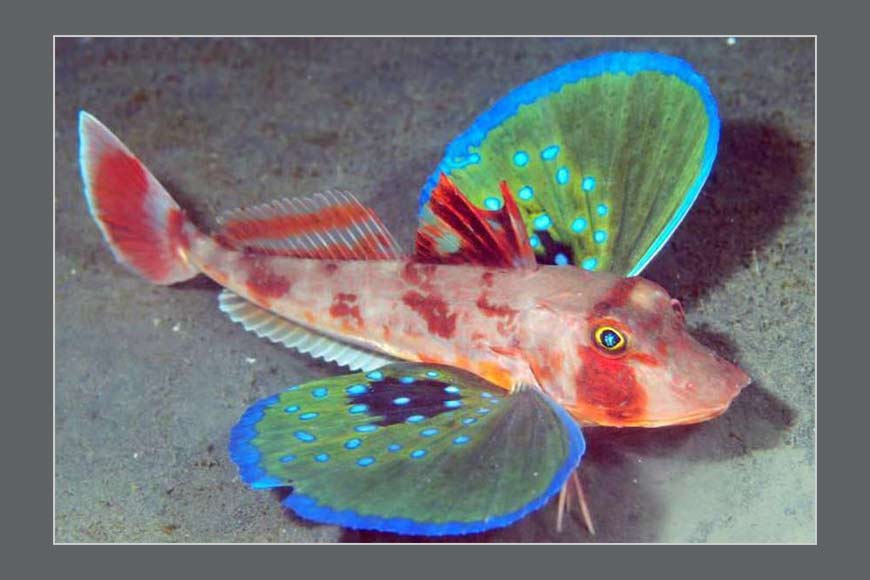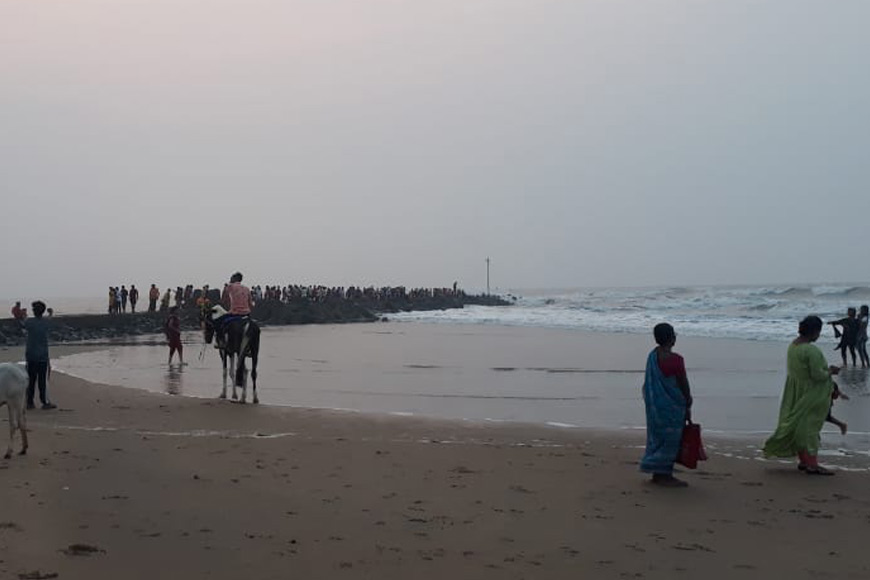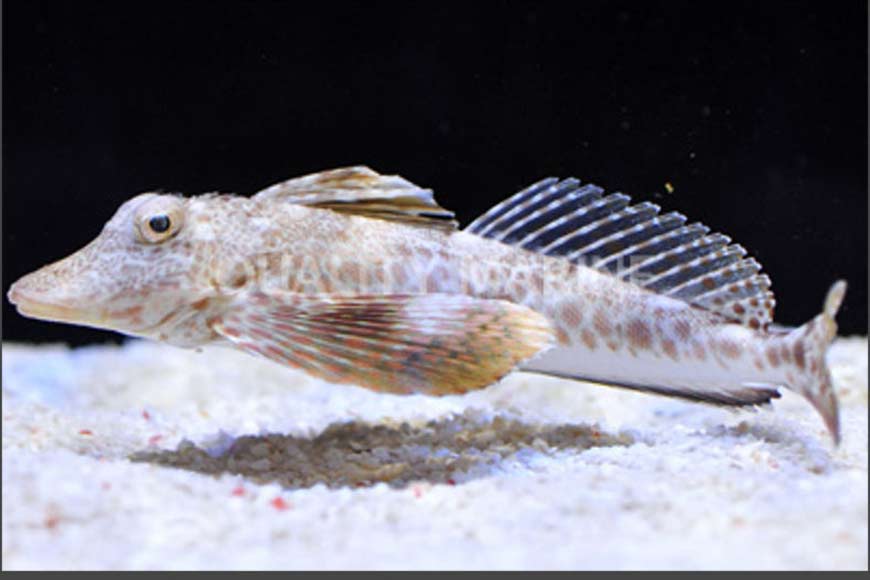Global scientific community abuzz with sea-robin species discovered in Digha – GetBengal story

Sea-robin species found in Digha
Digha has hit the headlines again, not just for the new additions to this tourism hub, but among the scientific community as a new Fish Species has been discovered in the Digha Mohona. Science journals across the globe are abuzz with this news. The scientists of the Zoological Survey of India (ZSI) have discovered a new species of vibrant orange coloured deep water marine fish from Digha Mohana recently. The new species, known as gurnards or sea-robins, belongs to the family Triglidae. “Named Pterygotrigla intermedica, it has characters quite similar to species like Pterygotrigla hemisticta,” said Anil Mohapatra, a senior scientist and in-charge of ZSI’s Estuarine Biology Regional Center, Gopalpur in Odisha, who led the discovery of the new species in Bengal.
 Digha Mohana, West Bengal
Digha Mohana, West Bengal
There are a total of 178 species of the Triglidae family worldwide. “The one discovered in Digha happens to be the fourth species of Pterygotrigla genus reported in India so far,” said Mohapatra. The species was caught by a local fisherman along with other fishes. The researchers collected a total of 24 specimens from the Digha Mohana fishing harbour during their study of by-catch components along the northern part of the east coast of India. After thorough examination, the specimens of this fish were found to be very distinct from other Gurnard species in various aspects such as snout length, shape of the internuchal space and size of the cleithral spine. The detailed characteristics of this new fish species were published in Thalassas, an international marine science journal on September 20, 2023.
The specimen has been preserved for further studies at the ZSI’s Estuarine Biology Regional Center, Gopalpur and one specimen in the Marine Fish Section, Kolkata. Interestingly, scientists found a distinct pectoral-fin with black membranes on the inner surface, white posterior margin and three small white spots basally in fin, each ray creamy white on the new species. This Digha specimen had a combination of characters like a long opercular spine and a very short cleithral spine; lateral-line, gill rakers on upper limb and 12–13 on lower limb of first gill arch and a large black blotch between the 4th and 6th spines of the first dorsal fin, the scientists wrote in the journal.

Many peculiar fishes are often found at the Digha Mohona that is the confluence of the Bay of Bengal waters and river water bringing in rare saline fishes to the area. One such fish is the Lizard fish whose body is long, usually cylindrical and with an adipose fin. The mouth is very large and terminal, with rows of numerous small, slender and pointed teeth which are visible even when mouth is closed; teeth also on palate and tongue, those on palate come in 1 or 2 bands.
Fish inhabiting the coastal waters of Digha constitute a treasured resource both in terms of their utility as food and as materials for scientific study. Digha is the largest fish-landing centre of West Bengal and has two adjacent landing sites within 40 km. It lies close to the metropolis of Kolkata and other cities in West Bengal, and through Kolkata it can supply these marine fish to the markets of northeastern states. The present study updates the checklist of ichthyo-fauna of the Digha coast, with 322 species from 196 genera, 104 families and 18 orders. The Digha Mohana and Fish Market is a popular destination for visitors. The wholesale fish market here auctions fish every morning and supplies fish far and wide across Bengal and beyond.









